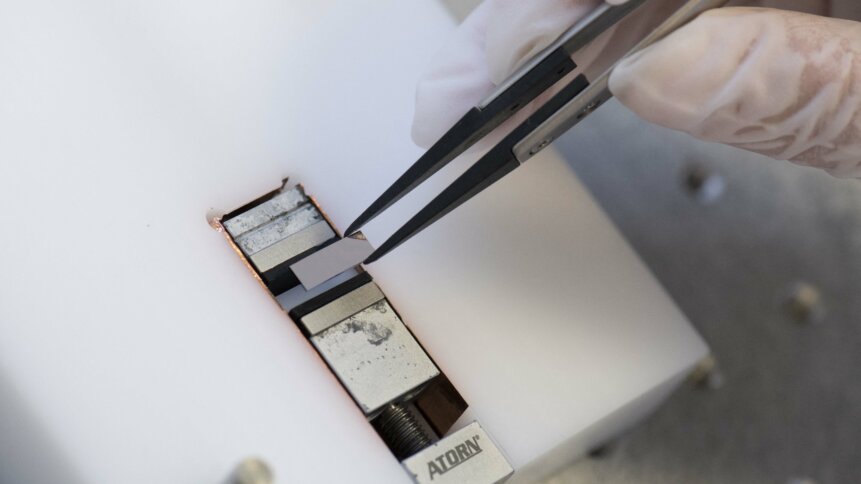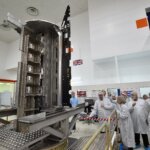Developers can build working quantum computing applications with open-source TKET

Software platforms for quantum computing applications are increasingly in demand. As such, the global quantum computing development community is receiving a major boost, as Cambridge Quantum will make its TKET software development kit fully open-source immediately.
Making TKET open-source will give algorithm and software developers access to most of the world’s quantum hardware in a single environment, allowing them to try out their code on different hardware platforms without the need for rewriting. It also means that all quantum developers and engineers will benefit collectively from new features developed in the community, as well as the greater stability and performance offered by TKET.
Since TKET integrates with other major quantum software platforms such as Qiskit, Cirq, and Q#, this move will also help foster the development of a single, global developer community focused on the goal of achieving useful quantum computing applications. Ilyas Khan, CEO of Cambridge Quantum first announced that TKET would be available on an “open-access basis” earlier this year, with a commitment to become fully open-sourced by the end of this year.
“During that period, a global community of software developers embraced our class-leading product that delivers the best possible performance, whilst utilizing existing platforms such as Qiskit and Cirq, as well as the largest collection of quantum processors available,” said Khan.
For Dr. Ross Duncan, Head of Software at Cambridge Quantum, minimizing gate count and execution time is very important in this Noisy Intermediate Scale Quantum (NISQ) era. He explained that TKET combines high-level hardware-agnostic optimization for quantum circuits, with target-specific compilation passes for the chosen quantum device. This helps quantum computing users move seamlessly between quantum platforms while maintaining consistently high performance.
“Users need only to focus on developing their quantum computing applications, not rewriting code around the idiosyncrasies of any particular hardware. At the same time, we help quantum computing hardware companies ensure that they can get the best performance from their processors.”
To understand more about TKET open source and how it can help developers in developing quantum computing applications, Mark Jackson, a Quantum Evangelist at Cambridge Quantum, explains.
What does making TKET open source mean for developers?
It means that developers can benefit from TKET and use it to create quantum computing applications without any restrictions. Commercial developers can use TKET to create commercial applications and accelerate their business. additionally, since the source code has been made available to all. The global ecosystem will benefit from advances and improvements. Developers can edit the code in ways that make sense for them, depending on the challenge they face. Hardware groups can write their extensions and programmers can write their subroutines, if they have some clever idea for how to optimize circuits.
Why have you done it?
TKET has very rapidly become the preferred toolkit for developers across the world. It works with Cirq, Qiskit, and many other hardware-developed languages and makes sure that people not only get the best out of the available hardware but also can be certain of the portability of the application.
Creating an open-source resource at this critical stage of the development of the quantum ecosystem is an accelerator for the entire industry. We also, of course, believe in democratization, that everyone will benefit by increasing the number of people who can contribute to the work of developing quantum programs and algorithms. It also means hardware groups working on quantum machines can write their own extensions as they upgrade their hardware, which of course benefits everyone.
YOU MIGHT LIKE

Can quantum computing be easily explained?
An immediate benefit of TKET being open-sourced is that it reduces the barriers to innovation in the development of quantum algorithms. We want to remove any obstacles. We want to encourage involvement from all types of developers, especially in academia, for there to be no excuse to get involved with quantum development.
What is the advantage of TKET?
TKET is hardware agnostic and integrates with the most popular quantum development languages. Programmers working in a popular language such as Qiskit, Q#, or Cirq can adopt TKET. In a single line of code, they can direct TKET to do the compilation, to run their code on a multitude of devices, even those that would not typically be able to run code written in that original language. That flexibility is so valuable to developers. That is why we are committed to our software being hardware agnostic, so we can help join up the global quantum development community and play a really valuable role as a contributor to that community.
Is TKET a competitor to existing quantum programming languages?
Not at all. In fact, we’ve gone a long way to make sure TKET is designed to be used alongside a developer’s preferred language.
Is TKET an operating system?
In some senses, TKET is the proto-operating system for NISQ-era devices. However, a true operating system will emerge once hardware develops key attributes that can support it. We expect this to start to happen in the coming two to three years.
How many TKET users are there?
We know of at least 100,000 who have downloaded the TKET software development kit, so that’s our starting point for trying to understand the scale of our community. This is a rapidly growing global community. We have an active community of developers, thousands of whom engage with us, attend events and make suggestions all the time about how to improve TKET. The growth of TKET has been getting faster. We expect to see that continue. Now we are making the codebase available, we expect the level of engagement to rise a lot too. But we also know we’re still in the foothills of what’s possible, and what we expect to see in the years ahead.








